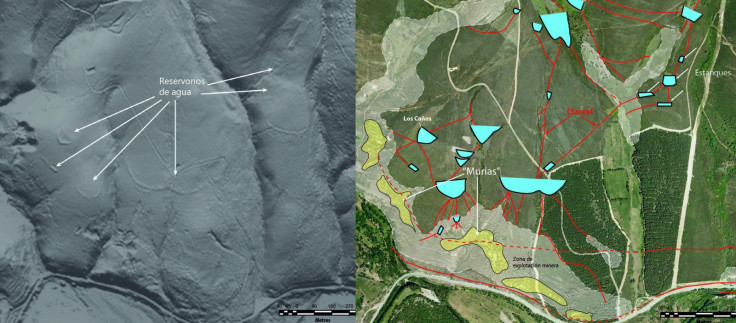Drone Laser Uncovers 2000-Year-Old Roman Gold Mine in Spain Valley

A two-thousand-year-old Roman gold mining network has been uncovered by a laser system attached to an aircraft.
The network hidden under the vegetation of Eria valley in Leon in Spain also includes elaborate hydraulics systems of channels, reservoirs and river diversions to supply water to the gold mines.
Researchers from the University of Salamanca made the discovery thanks to a Light Detection and Ranging (LiDAR) laser system attached to an aircraft.
The discovery shows the expertise involved in river capture back in the 1st century BC, says Javier Fernández Lozano, geologist at the University of Salamanca and co-author of the study published in the Journal of Archaeological Science.
The systems for the transport and storage of water are believed to be copied from those already existing in North Africa, where the Egyptians had been employing them for centuries.
"We have established that the labour that went into extracting the resource until its exhaustion was so intensive that after removing the gold from surface sediments, operations continued until reaching the rocks with the auriferous quartz veins underneath," explains Fernández Lozano.
A mystery that remains is why the Romans, after such intensive mining, abandoned the precious metal suddenly.
The archaeologists say that it was the airborne laser detection system that allowed visualisation of archaeological remains under vegetation cover or intensely ploughed areas.
Developed by Nasa in the sixties to analyse the retreating sea ice in the Arctic and composition of the oceans, it is an indispensable part of topography charting today.
© Copyright IBTimes 2025. All rights reserved.





















